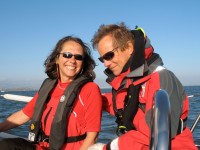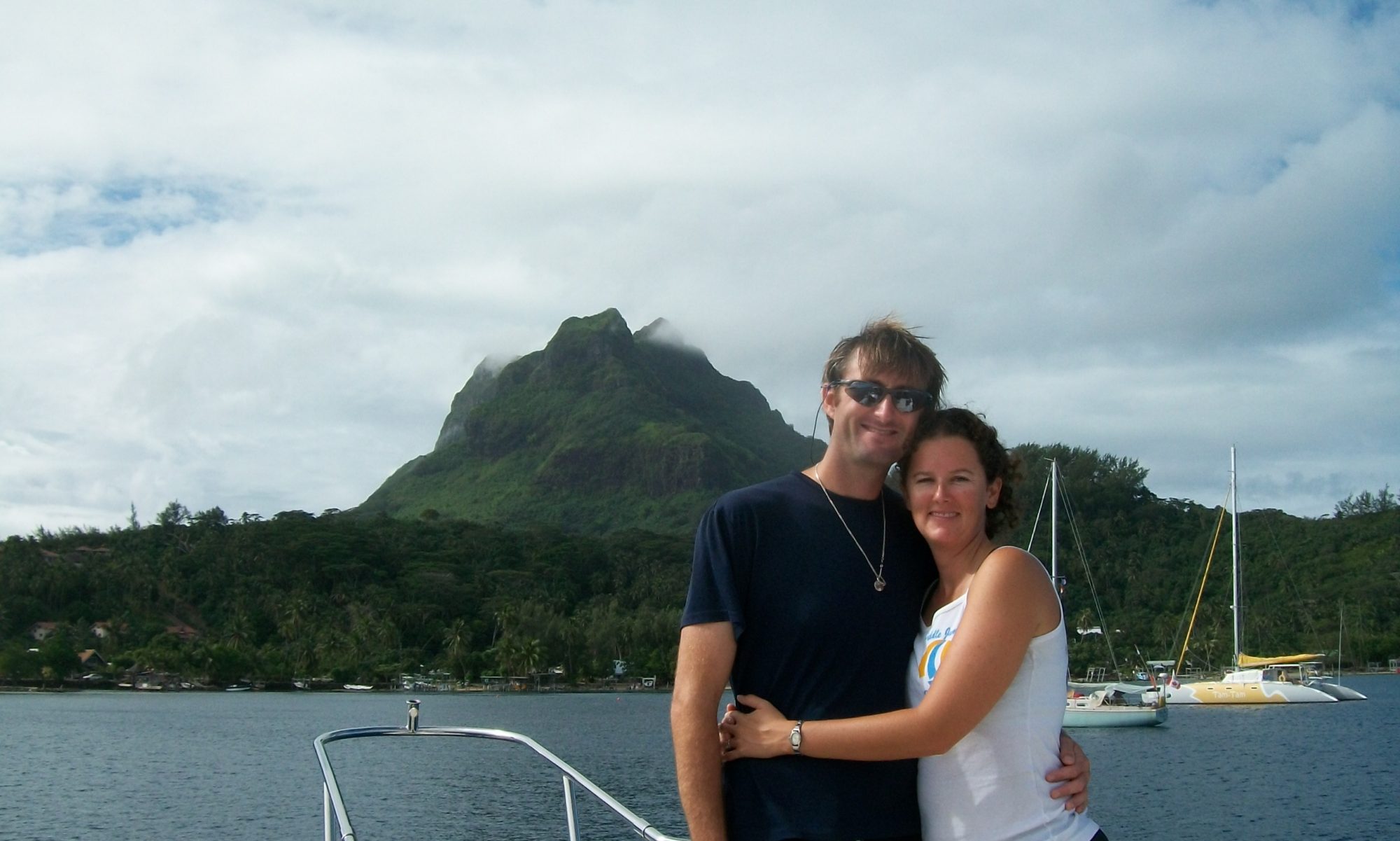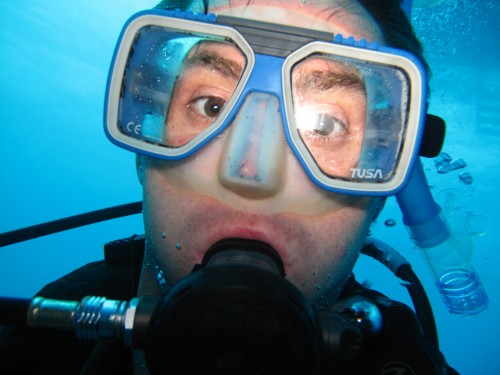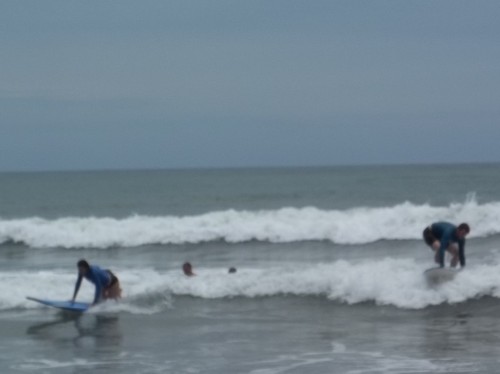Whangarei, NZ
The sailing life leads to odd relationships. Not odd in the quality but more in the means employed in establishing and growing those interpersonal connections: the happenstance, randomness and good fortune involved in who we even have the opportunity to connect with.
People come in and out of our lives literally with the passing of each tide.
Some fellow sailors are friends for a meal or a few days in one port, remembered fondly but as fate and diverging cruising plans would have it, never to be rendezvoused with again.
Other people are friends for a longer time. Perhaps an overlapping prolonged stay in a Mexican port or a shared long-term rally provide ample opportunity to get to know each other over a longer period of time. The cruiser’s net, dinners aboard and joint shore excursions are the fabric with which we begin to weave our social tapestry. Radio comms and emails (yeah, you can get those via satellite uplink or over a HAM radio now…) allow us to fill in the gaps when we are mutually underway while Facebook and blogs can keep us connected while we’re in different ports.
In our case, there are those people who ask us onboard their vessels for anywhere from a few days to a few months. For that time we become roommates in a home that none of us can leave. Typically we share meals, time, adventures and our lives for however long we’re onboard. We, to a varying degree, become family. These people are, for the time we’re connected to them, a huge part of our world. Often we leave as good friends.
The downside to our situation is that, unlike most cruisers, we are unable to extend our time in places to form a relationship if our captain decides that they wish to depart. Friendships are created and maintained by a mixture of fortunate run-ins and dedicated effort placed into correspondence.
What we’re saying here is that interpersonal proximity is a variable, sometimes an obstacle and always a consideration in the formation and maintenance of friendships at sea.

Then there’s the case of Rod & Elisabeth.
Continue reading “Proximity”
Like this:
Like Loading...









